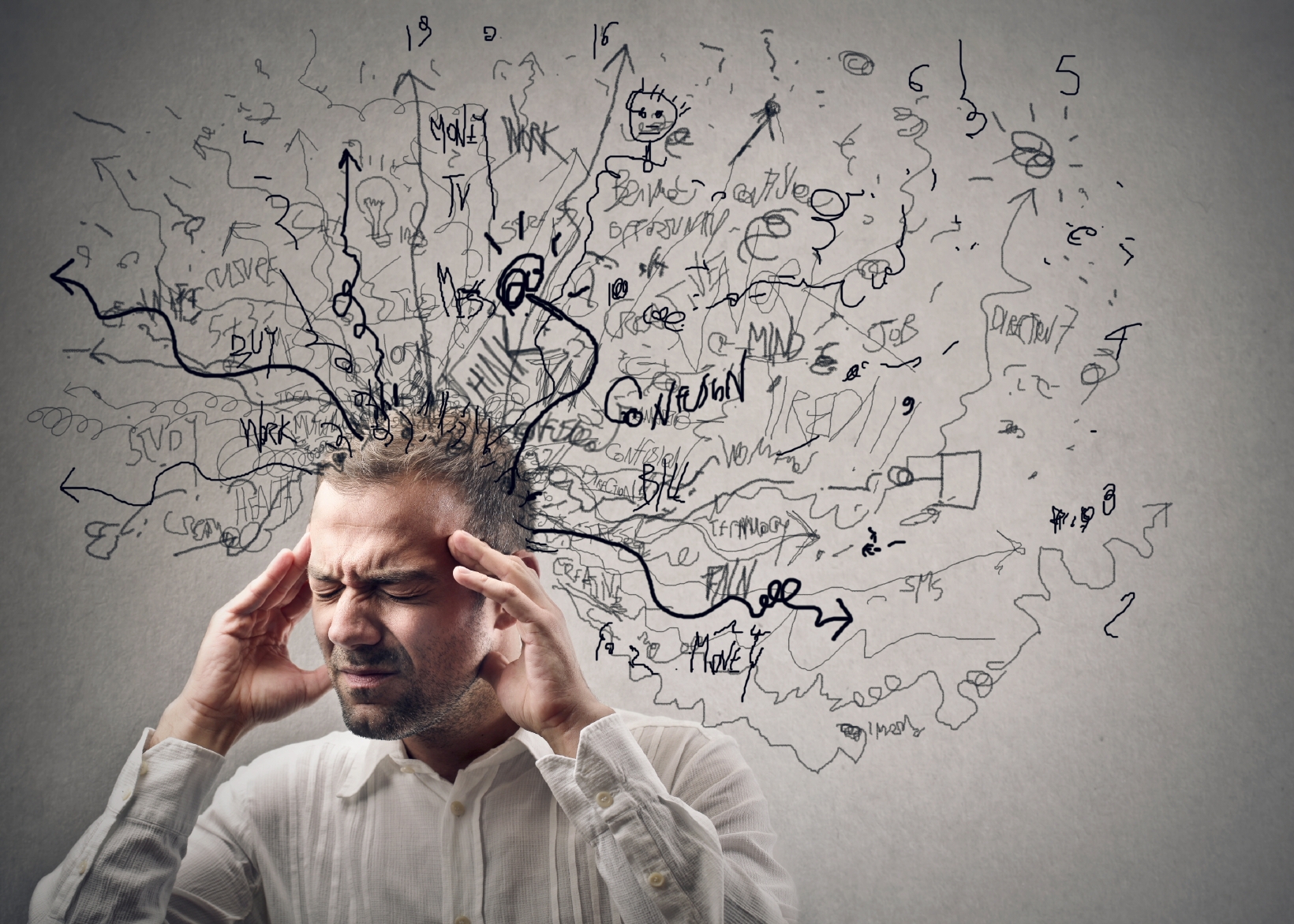
picture Source:-linkedin
Over my career
as a sex therapist, I have had the opportunity to sit with thousands of
men as they discuss their sexual feelings, sex lives, and fantasies.
Obviously I don’t know what it feels like to be a man, but I have had
the honor of listening to the male perspective of sexual relationships.
And while every man is different, of course, there are some common
themes:
1. Sex begins in the body. While women’s desire for sex may be prompted by their mind, memory, or emotional feelings of connection, for men, desire is physical. Men have massive amounts of testosterone
coursing through their bodies, pushing and driving them toward sexual
expression. Erections spring at the slightest provocation in young men.
And for an adult man, seeing his wife or partner coming out of the
shower naked causes his body to react. It is hard to overestimate the
way his body chemistry directs his mind’s psychology toward the sexual.
2. For men, sex is a hunger. Steak and potatoes — yes, he wants to be full. But the craving
for sex is like a craving for chocolates. Each sexual episode holds the
exquisite possibility of a surprise-filled confection — maybe creamy
smooth, or buttery rich, perhaps a little raw and bitter sweet, or silky
sweet. His mind is captivated by the thought of an opportunity to feel
delighted and surprised. A day is hardly complete without dessert. Yet,
the context of the relationship, for instance, a fight with his wife,
can spoil his appetite.
3. Sex is energy. Sexuality
infuses a man’s intimate relationships with potential and excitement.
The hormonal energy gives him the drive and aggression to pursue his
life’s purpose and work, and to pursue his partner. He pushes through
daily monotony, tantalized by the fantasy of a sexual reward at the end
of a hard day.
4. Sex is excitement. It’s life most thrilling adventure. His body is a great pleasure machine that he’d like to enjoy at full throttle. Since orgasm
is usually reliable and easy, a variety of sexual acts, positions, and
rhythms seem to be a fantastic way to explore and elevate his
gratification. Every flirtation, smile, innuendo, shapely figure, or sexual image, whether fantasized or real, is a hit on the male brain. His brainwaves spike with elation just at the hint of something or someone reminding him of sex.
5. Sex is the way he gives love. The
moment his partner gets turned on is often the moment men describe as
most sexually satisfying. It’s baffling to men when they are called
selfish because of their preference for sexual connection. In their
hearts, there is an expectation of mutual, exquisite bodily pleasure. He
often concocts and fantasizes about how to make it better for her,
begging for information about her erotic desires, just so he can improve
as a lover.
6. Sex is love. Sexual release makes men feel like
they are finally home. After the world’s hurts and challenges, sex
embodies love and care and provides soothing and support. While he may
be accused of “only wanting sex,” most men want and feel a much more
emotional connection than a simple bodily release. Making love literally
creates a deep feeling of attachment to his partner and spurs relational generosity, faith, and optimism. Being desired by his partner can be the single most reassuring part of his relationship.
While most women may wish for an emotional connection before having a
physical connection, for men, sexual connection is often necessary to
feel safe enough for emotional vulnerability. Ultimately, male sexual
drive in a relationship is a gift — it’s another path toward love.
Source:-psychology today



